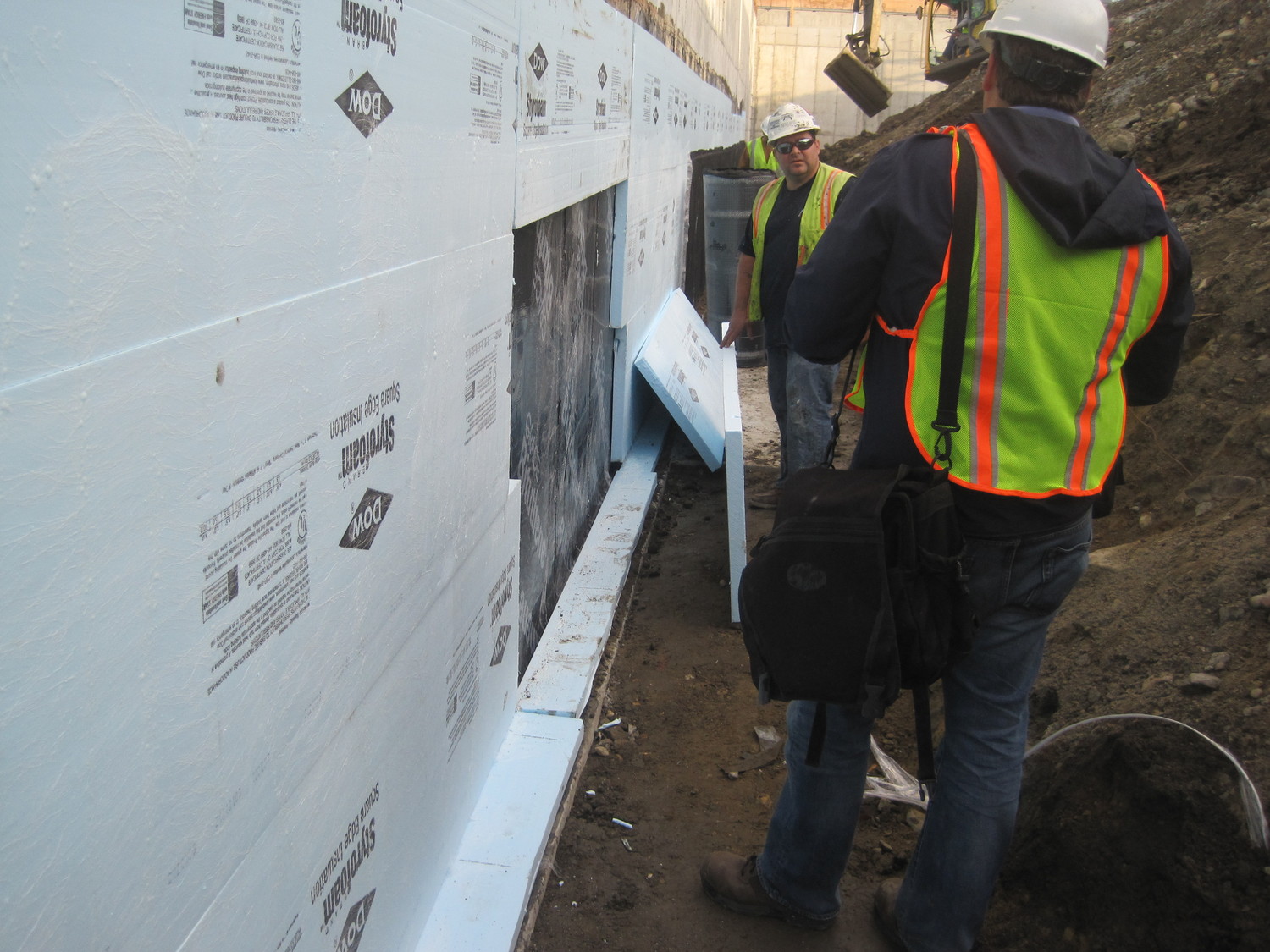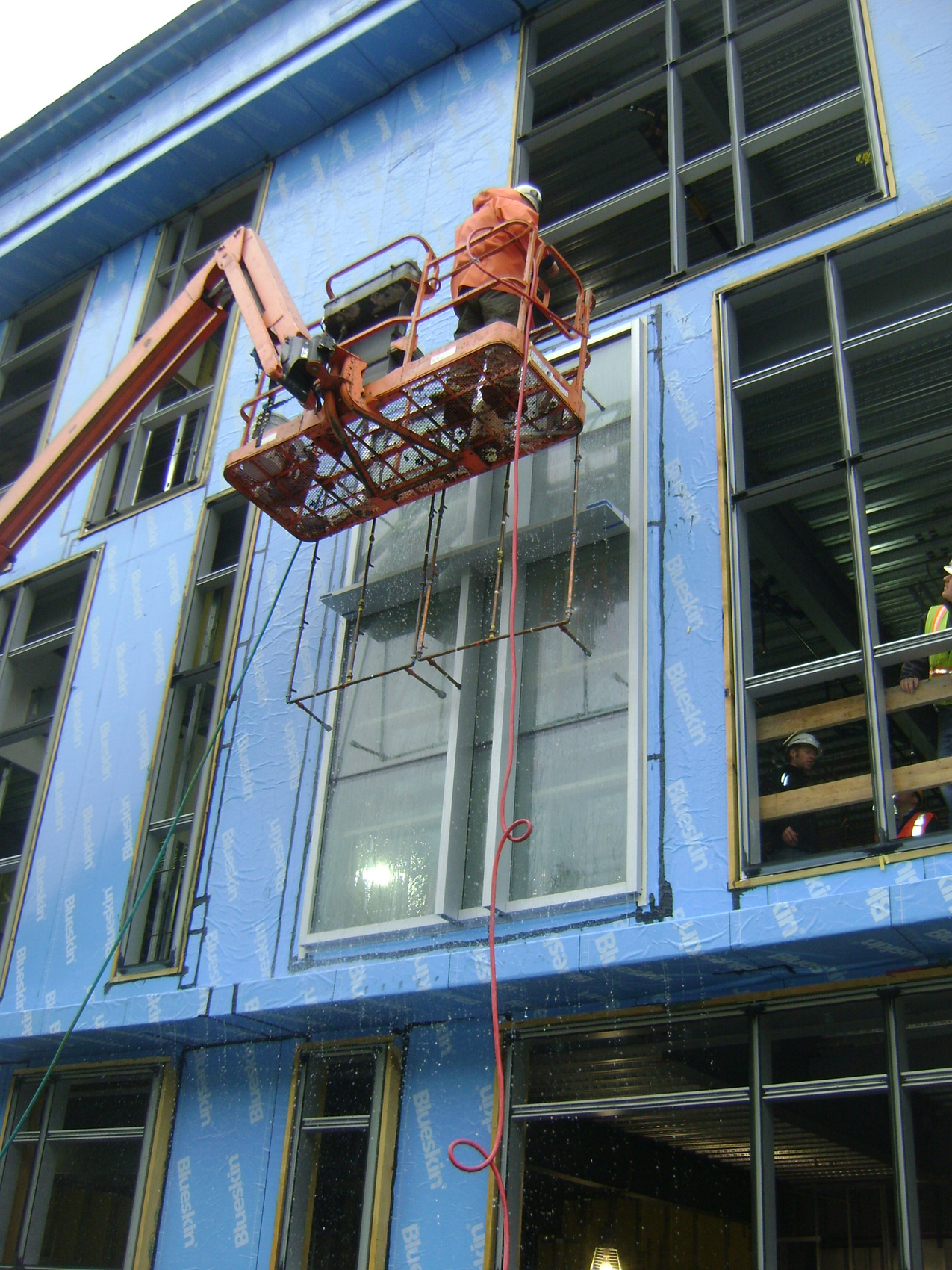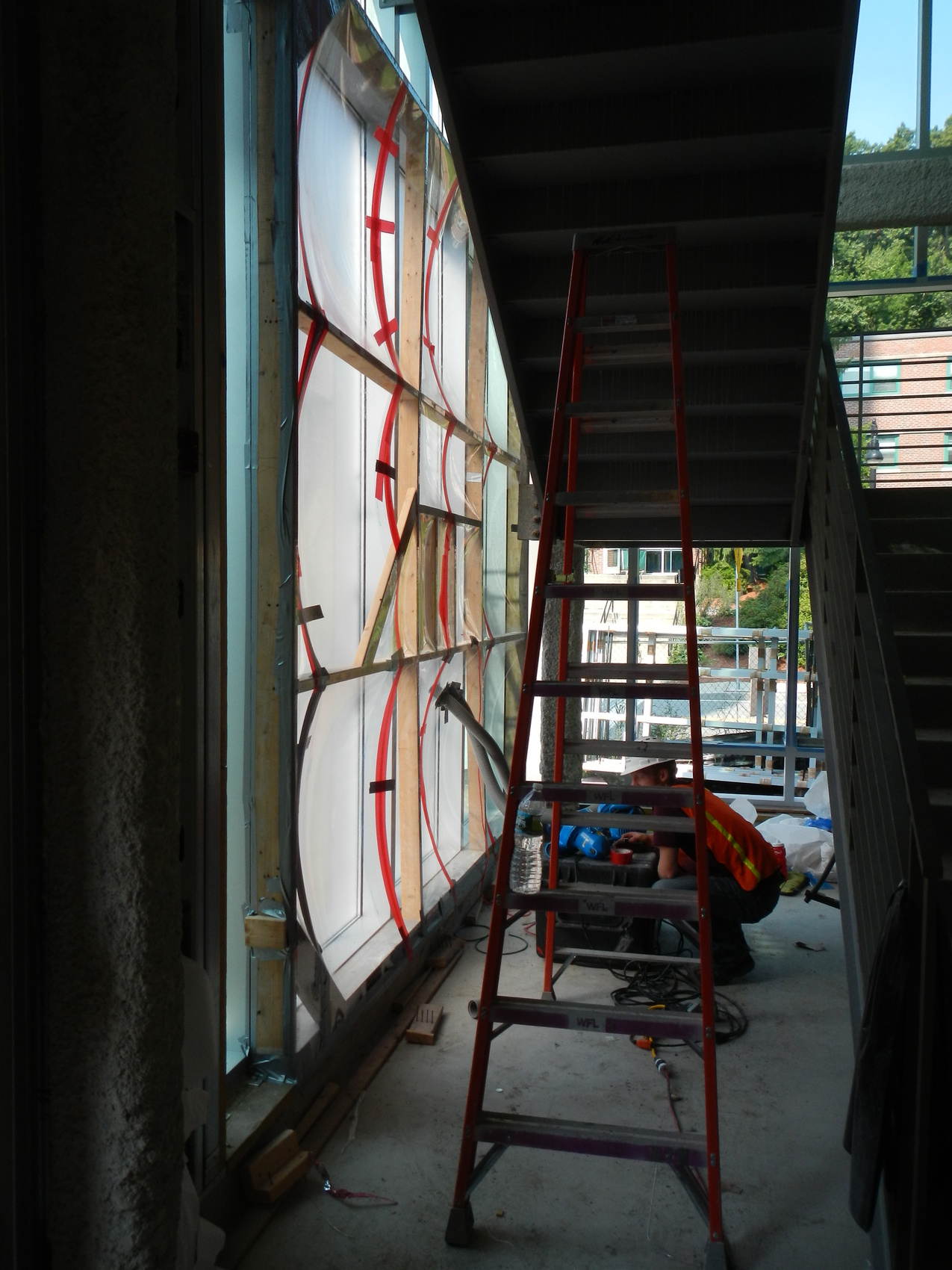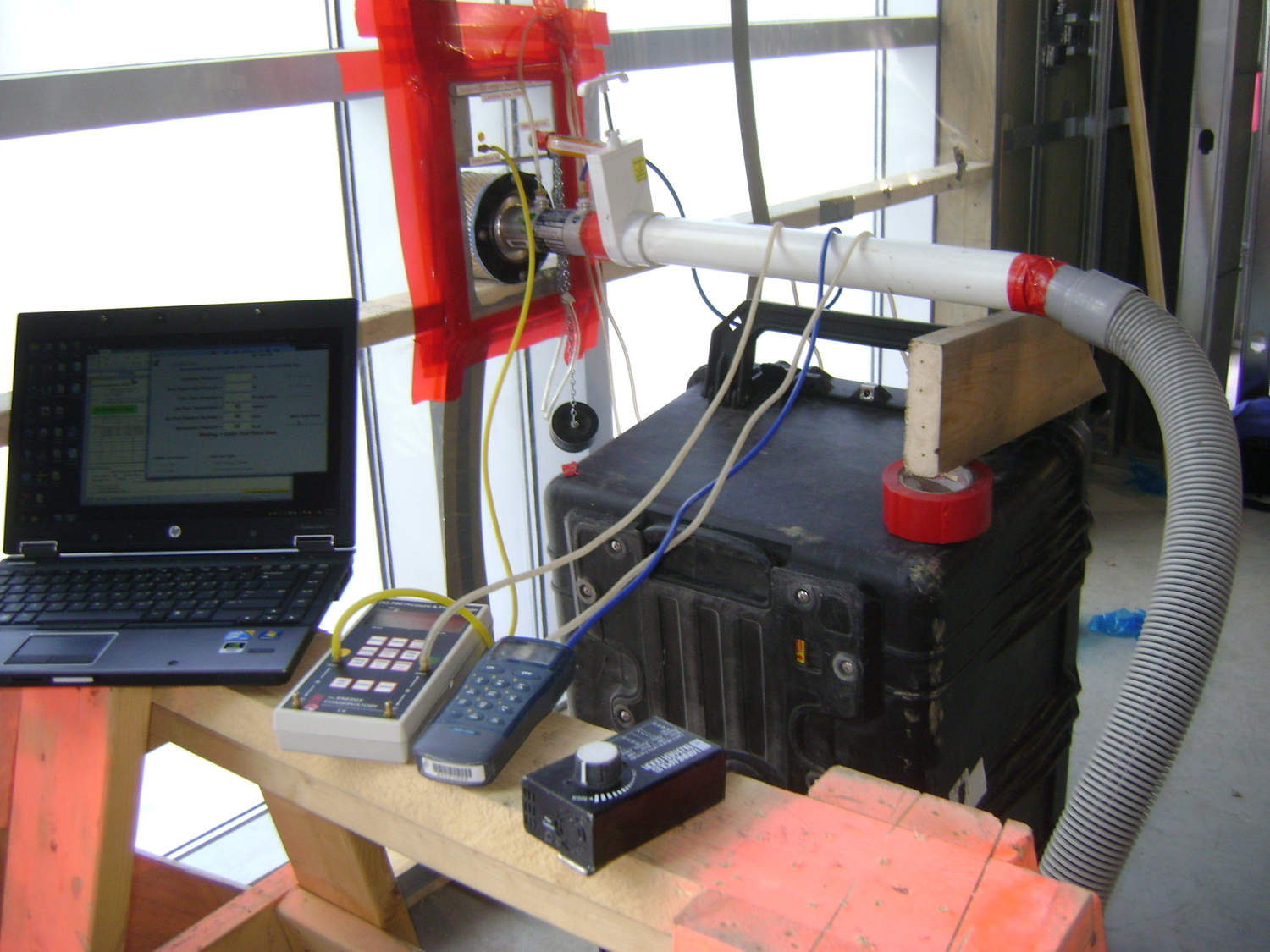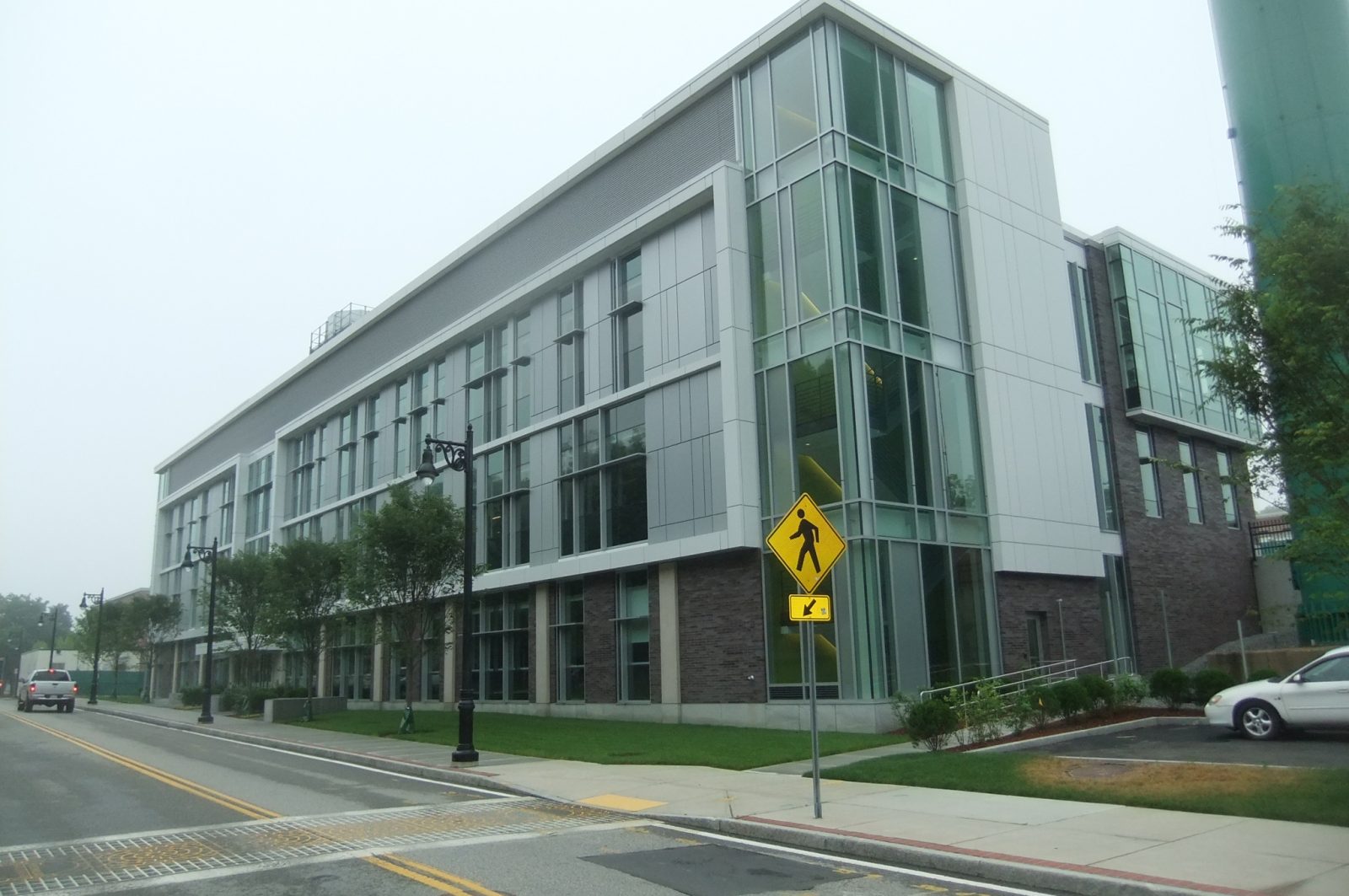Fitchburg, MA
Fitchburg State University, Science Facility Modernization
Scope/Solutions
Originally constructed in 1963, the three-story Condike Science Building needed renovations to improve the performance and function of the facility. Fitchburg State University undertook a comprehensive renovation of the existing building and built a new 57,700 sq ft addition to house the Biology, Chemistry, Physics, and Geophysical Science departments. SGH was the Building Enclosure Commissioning Agent (BECxA) for the project.
As the BECxA, SGH performed the following work:
- Evaluated design concepts for modernizing the existing building enclosure systems, including replacing strip windows, roofing, and flashing
- Reviewed designs for building enclosure systems on the new addition, including below-grade waterproofing systems, metal panel and brick rainscreen wall systems, windows, curtain walls, and roofing
- Provided design recommendations to improve building enclosure performance at the existing building and the new addition
- Developed laboratory and field testing requirements for all building enclosure systems to verify performance
- Observed ongoing building enclosure construction to compare with the design intent and performance expectations
- Conducted field testing, including air infiltration and water penetration testing of windows, water penetration testing of curtain walls, adhesion testing of water-resistive barriers, and adhesion testing of sealants
Project Summary
Solutions
New Construction
Services
Markets
Education
Client(s)
CBT Architects
Key team members

Additional Projects
Northeast
Massachusetts Institute of Technology, Rockwell Athletic Cage (W33)
SGH investigated the roof structure and observed several trusses with local failures, primarily including tension fractures of bottom chord members.
Northeast
Yale School of Medicine, Anlyan Center for Medical Research and Education
At the time it was built, the project was the largest single facility investment in the history of the Yale School of Medicine, driven by the school’s objective of maintaining unmatched research capabilities. SGH was the structural engineer of record for the project.
